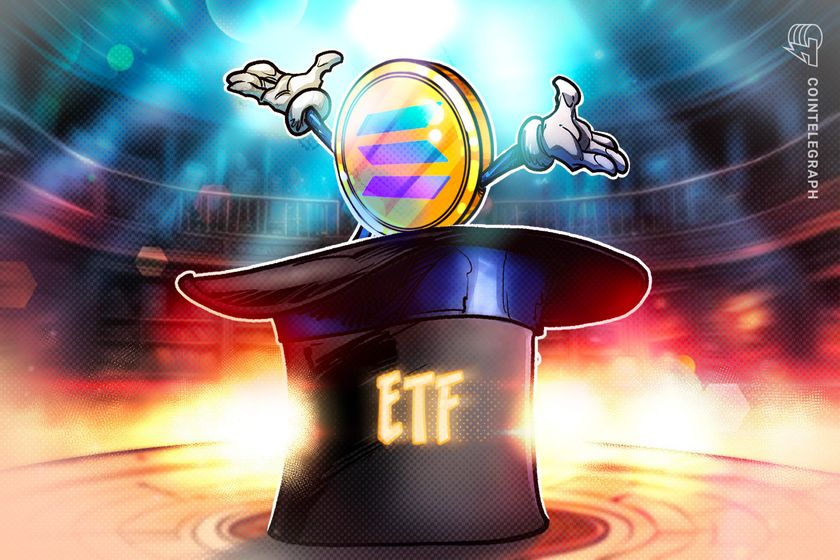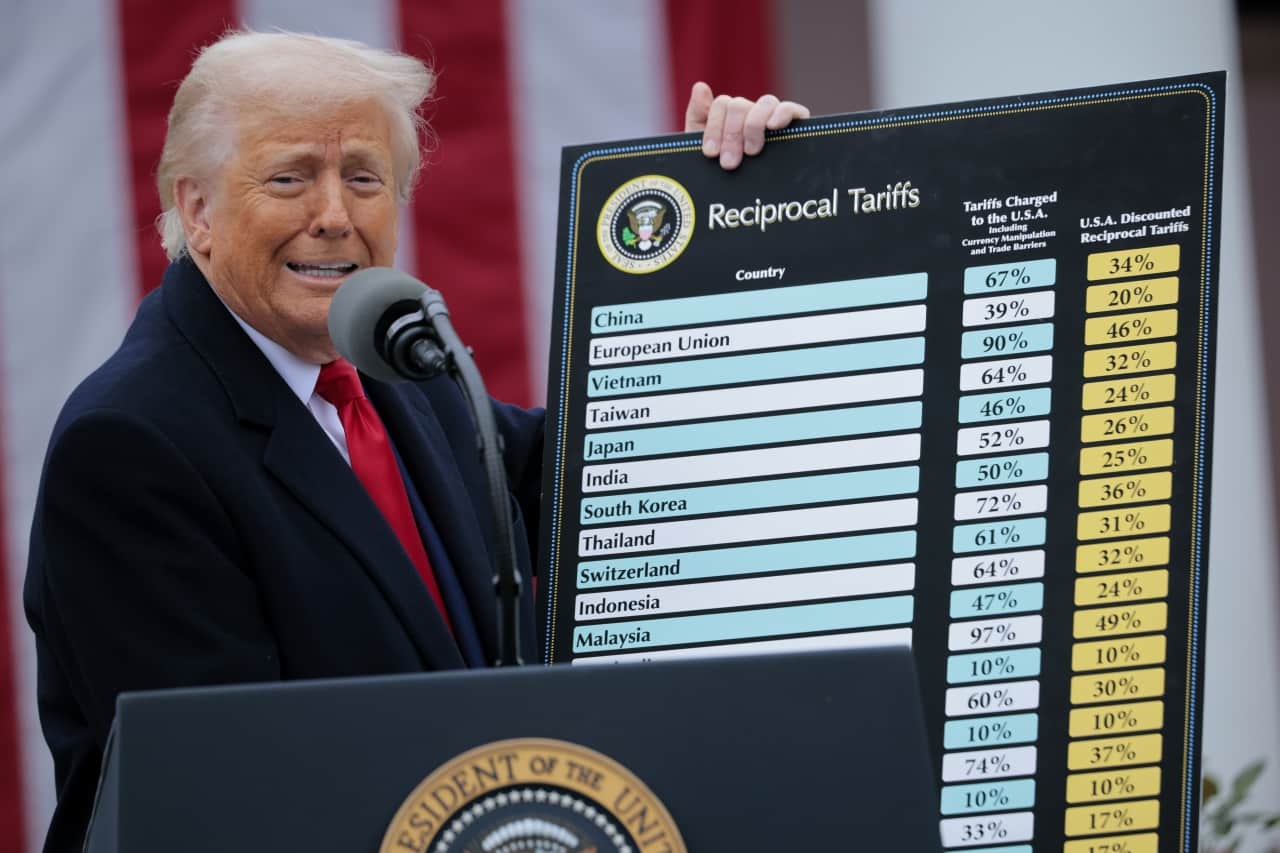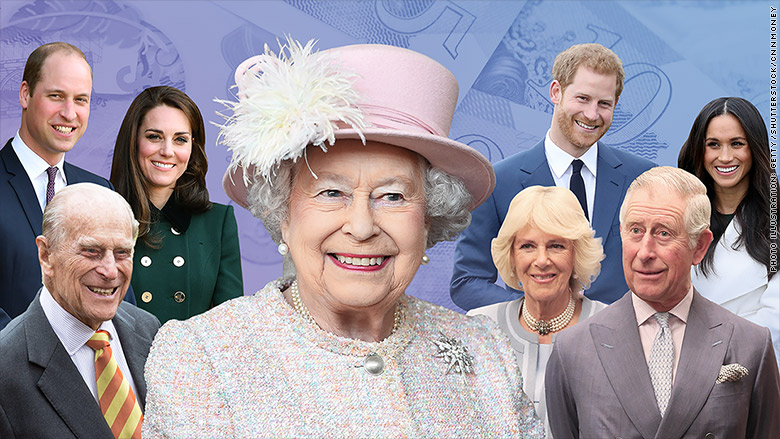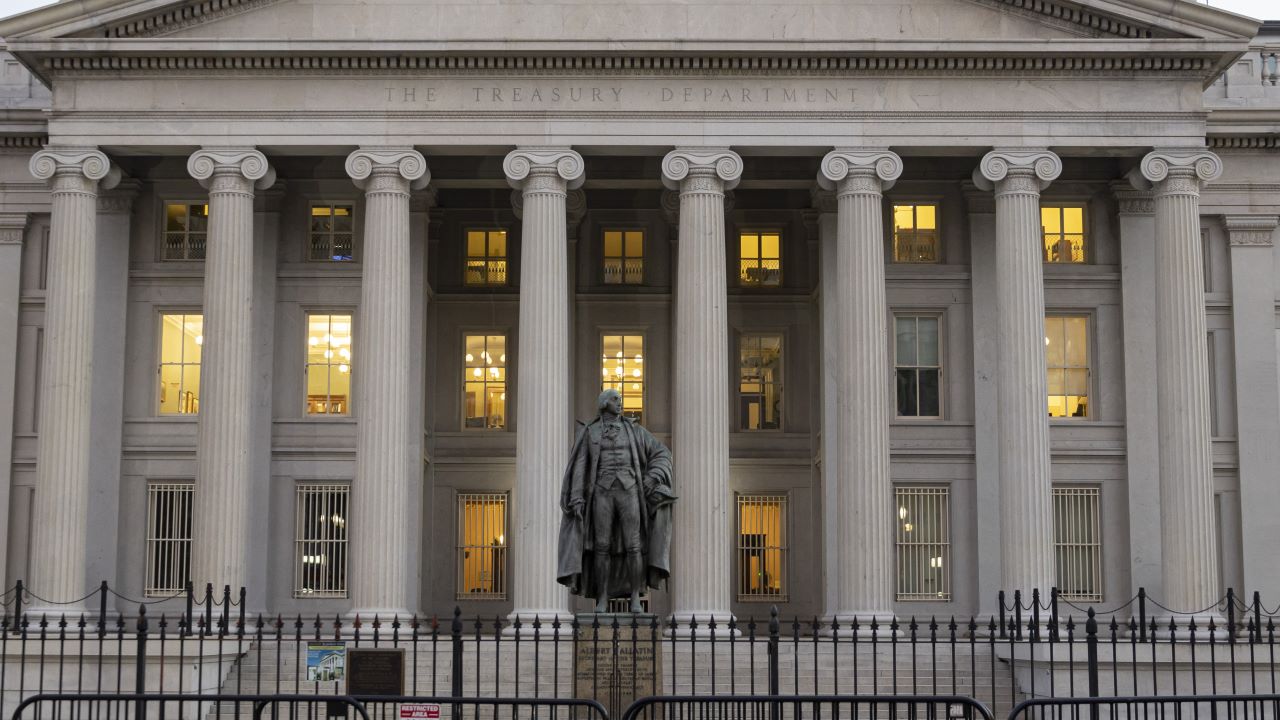What are spot Solana ETFs with staking? Canada’s crypto innovation explained
What are spot Solana ETFs and why are they important? A spot Solana ETF is an exchange-traded fund that holds Solana (SOL) tokens directly, providing investors real-time exposure to the asset’s market price. Rather than using complex trading platforms or crypto wallets, you can access Solana via a regulated financial product traded on a traditional stock exchange. The value of Solana ETFs is directly tied to the open market price of SOL, offering a simple way to gain exposure to the blockchain’s performance without directly holding the asset. Unlike futures-based ETFs that use derivative contracts to speculate on Solana’s future prices, a spot ETF tracks the performance of the actual asset. This distinction is significant because futures products may face pricing inefficiencies, leading to performance mismatches over time. Spot ETFs are more transparent and directly reflect SOL's real-time supply and demand on the Solana blockchain.Spot Solana ETFs mark a significant step toward mainstream crypto adoption. These products enable retail and institutional investors to gain exposure to the Solana ecosystem while operating within the bounds of securities regulations.Like spot Bitcoin and Ethereum ETFs, spot Solana exchange-traded funds are expected to expand market access and serve as another entry point to decentralized finance (DeFi) for traditional investors.Did you know? Spot ETFs aim to mirror an asset’s current price by directly holding the asset, while futures ETFs use derivative contracts to speculate on future price movements. Launch of spot Solana ETFs on the Toronto Stock Exchange On April 16, 2025, four spot Solana ETFs started trading on the Toronto Stock Exchange, following approval from the Ontario Securities Commission (OSC). With this, Canada became the first country to launch spot SOL ETFs with staking. The OSC granted approval to the spot Solana ETFs of four asset managers: 3iQ, Purpose, Evolve and CI Financial. Unlike products that only track Solana’s price, these funds hold SOL tokens, giving investors direct ownership of the asset. The funds are secured via institutional-grade cold storage custody. Each fund tracks a distinct Solana-related index, offering diverse strategies with onchain asset backing. Despite their structural differences, these ETFs are all designed for long-term investment, reflecting the issuers' strong belief in Solana's future in DeFi.By incorporating staking, these spot Solana ETFs provide an active way for investors to earn returns in the cryptocurrency market, all within a regulatory framework and secure, institutional-grade custody services.These ETFs enable staking through a partnership with TD Bank, allowing the SOL they hold to actively support and secure the Solana network. In return, the network issues staking rewards, which can be passed on to investors. Since Solana typically offers higher staking yields than Ethereum, this structure may translate into greater potential returns for investors. How does staking boost returns for Solana ETF investors? By offering staking, these spot Solana ETFs may boost returns for investors by an estimated 2%-3.5% annually, in addition to the performance of the underlying SOL. The ETFs generate yield by working with staking partners that delegate up to 50% of the fund’s assets for staking. Staking rewards generated by the ETF are typically shared between shareholders and the fund manager, with the specific allocation varying depending on the ETF issuer.Management fees of these spot Solana ETFs vary from 0.15% to 1%, with some providers offering fee waivers during the initial launch phase. After two days of trading, the combined assets under management for the four ETFs total about $73.5 million.Staking Solana may yield higher returns than staking Ether (ETH). The ETFs intend to pass these additional rewards on to investors, potentially reducing the long-term cost of owning the ETF.Here is a comparison between the various spot Solana ETFs with staking approved in Canada:Cathie Wood’s ARK Invest has incorporated staked Solana into its ARKW and ARKF ETFs, with both funds now holding shares of Canada’s 3iQ Solana Staking ETF (SOLQ).Did you know? Altcoin ETFs track the prices of one or more cryptocurrencies other than Bitcoin (BTC). They diversify investor exposure within the cryptocurrency market, as various altcoins exhibit different price behaviors and underlying strengths. How Canada’s spot Solana ETFs unlock passive income opportunities Canada offering spot Solana ETFs with staking is an innovative step. Existing SOL investment products, such as the crypto ETFs in Europe and the futures-based ETFs in the U



What are spot Solana ETFs and why are they important?
A spot Solana ETF is an exchange-traded fund that holds Solana (SOL) tokens directly, providing investors real-time exposure to the asset’s market price. Rather than using complex trading platforms or crypto wallets, you can access Solana via a regulated financial product traded on a traditional stock exchange.
The value of Solana ETFs is directly tied to the open market price of SOL, offering a simple way to gain exposure to the blockchain’s performance without directly holding the asset. Unlike futures-based ETFs that use derivative contracts to speculate on Solana’s future prices, a spot ETF tracks the performance of the actual asset.
This distinction is significant because futures products may face pricing inefficiencies, leading to performance mismatches over time. Spot ETFs are more transparent and directly reflect SOL's real-time supply and demand on the Solana blockchain.
Spot Solana ETFs mark a significant step toward mainstream crypto adoption. These products enable retail and institutional investors to gain exposure to the Solana ecosystem while operating within the bounds of securities regulations.
Like spot Bitcoin and Ethereum ETFs, spot Solana exchange-traded funds are expected to expand market access and serve as another entry point to decentralized finance (DeFi) for traditional investors.
Did you know? Spot ETFs aim to mirror an asset’s current price by directly holding the asset, while futures ETFs use derivative contracts to speculate on future price movements.
Launch of spot Solana ETFs on the Toronto Stock Exchange
On April 16, 2025, four spot Solana ETFs started trading on the Toronto Stock Exchange, following approval from the Ontario Securities Commission (OSC). With this, Canada became the first country to launch spot SOL ETFs with staking. The OSC granted approval to the spot Solana ETFs of four asset managers: 3iQ, Purpose, Evolve and CI Financial.
Unlike products that only track Solana’s price, these funds hold SOL tokens, giving investors direct ownership of the asset. The funds are secured via institutional-grade cold storage custody. Each fund tracks a distinct Solana-related index, offering diverse strategies with onchain asset backing. Despite their structural differences, these ETFs are all designed for long-term investment, reflecting the issuers' strong belief in Solana's future in DeFi.
By incorporating staking, these spot Solana ETFs provide an active way for investors to earn returns in the cryptocurrency market, all within a regulatory framework and secure, institutional-grade custody services.
These ETFs enable staking through a partnership with TD Bank, allowing the SOL they hold to actively support and secure the Solana network. In return, the network issues staking rewards, which can be passed on to investors. Since Solana typically offers higher staking yields than Ethereum, this structure may translate into greater potential returns for investors.

How does staking boost returns for Solana ETF investors?
By offering staking, these spot Solana ETFs may boost returns for investors by an estimated 2%-3.5% annually, in addition to the performance of the underlying SOL.
The ETFs generate yield by working with staking partners that delegate up to 50% of the fund’s assets for staking. Staking rewards generated by the ETF are typically shared between shareholders and the fund manager, with the specific allocation varying depending on the ETF issuer.
Management fees of these spot Solana ETFs vary from 0.15% to 1%, with some providers offering fee waivers during the initial launch phase. After two days of trading, the combined assets under management for the four ETFs total about $73.5 million.
Staking Solana may yield higher returns than staking Ether (ETH). The ETFs intend to pass these additional rewards on to investors, potentially reducing the long-term cost of owning the ETF.
Here is a comparison between the various spot Solana ETFs with staking approved in Canada:

Cathie Wood’s ARK Invest has incorporated staked Solana into its ARKW and ARKF ETFs, with both funds now holding shares of Canada’s 3iQ Solana Staking ETF (SOLQ).

Did you know? Altcoin ETFs track the prices of one or more cryptocurrencies other than Bitcoin (BTC). They diversify investor exposure within the cryptocurrency market, as various altcoins exhibit different price behaviors and underlying strengths.
How Canada’s spot Solana ETFs unlock passive income opportunities
Canada offering spot Solana ETFs with staking is an innovative step. Existing SOL investment products, such as the crypto ETFs in Europe and the futures-based ETFs in the US do not offer an opportunity to earn staking yield.
Incorporating yield into a regulated crypto ETF structure addresses a long-standing demand from investors and asset managers interested in proof-of-stake (PoS) networks like Solana and Ethereum.
As staking is central to these tokens’ value, its inclusion enables SOL ETFs to offer a passive income component, making them more appealing to traditional investors seeking income-generating opportunities. The OSC’s approval of the staking feature for spot Solana ETFs may boost SOL’s position. However, staking carries risks, such as potential losses from validator penalties (slashing) or network disruptions, which could affect returns.
Nonetheless, this approval reinforces Canada’s pioneering role in crypto ETF innovation, having launched the world’s first spot Bitcoin and Ethereum ETFs in 2021, ahead of many other jurisdictions. By allowing staking rewards in spot Solana ETFs, Canadian regulators have signalled a growing acceptance of crypto-powered finance.
Did you know? ETFs aren’t without risks. Market fluctuations can lead to losses, and tracking errors can cause an ETF'’s performance to differ from its benchmark index, affecting investor outcome.
What Canada’s launch of Solana ETFs with staking means for pending SEC applications
Canada’s decision provides alternative cryptocurrency investment choices for its investors and may serve as an example for other countries considering spot ETFs for cryptocurrencies other than Bitcoin.
Despite a subdued global macroeconomic climate — partly shaped by trade tensions during Donald Trump’s presidency — Canada’s regulators have taken a proactive stance, embracing innovation in the digital asset space. The greenlighting of Solana ETFs with staking reflects a maturing approach to crypto policy and signals confidence in alternative layer-1 networks.
Meanwhile, in the United States, anticipation is building. The launch of Solana futures on the Chicago Mercantile Exchange (CME) on March 17, 2025, is seen as a stepping stone toward a US spot ETF. The SEC is currently reviewing 72 crypto-related ETF applications as of April 21, covering a spectrum of assets from major altcoins like XRP (XRP) to memecoins like Dogecoin (DOGE), including proposals for leveraged and derivative products.
As of April 21, 2025, the SEC is reviewing 72 crypto-related ETF applications, including derivatives. The filings range from major cap altcoins to memecoins and include leveraged products and options. The outcome of Canada’s pioneering approach may offer valuable insights to regulators and could potentially influence the SEC’s decisions regarding these filings.
However, the SEC’s stance may differ significantly from Canada’s due to structural and regulatory complexities within the US financial system. Unlike Canada's more unified regulatory framework, the US divides oversight between multiple agencies — including the SEC, CFTC, and state regulators — creating friction in crypto policymaking.
Canada’s trailblazing move could nonetheless offer a valuable case study for US regulators. As markets await the SEC’s decisions, the key question remains whether Washington will follow Ottawa’s lead — or chart its own course and a slower timeline for non-Bitcoin spot ETFs.
What's Your Reaction?







































































































